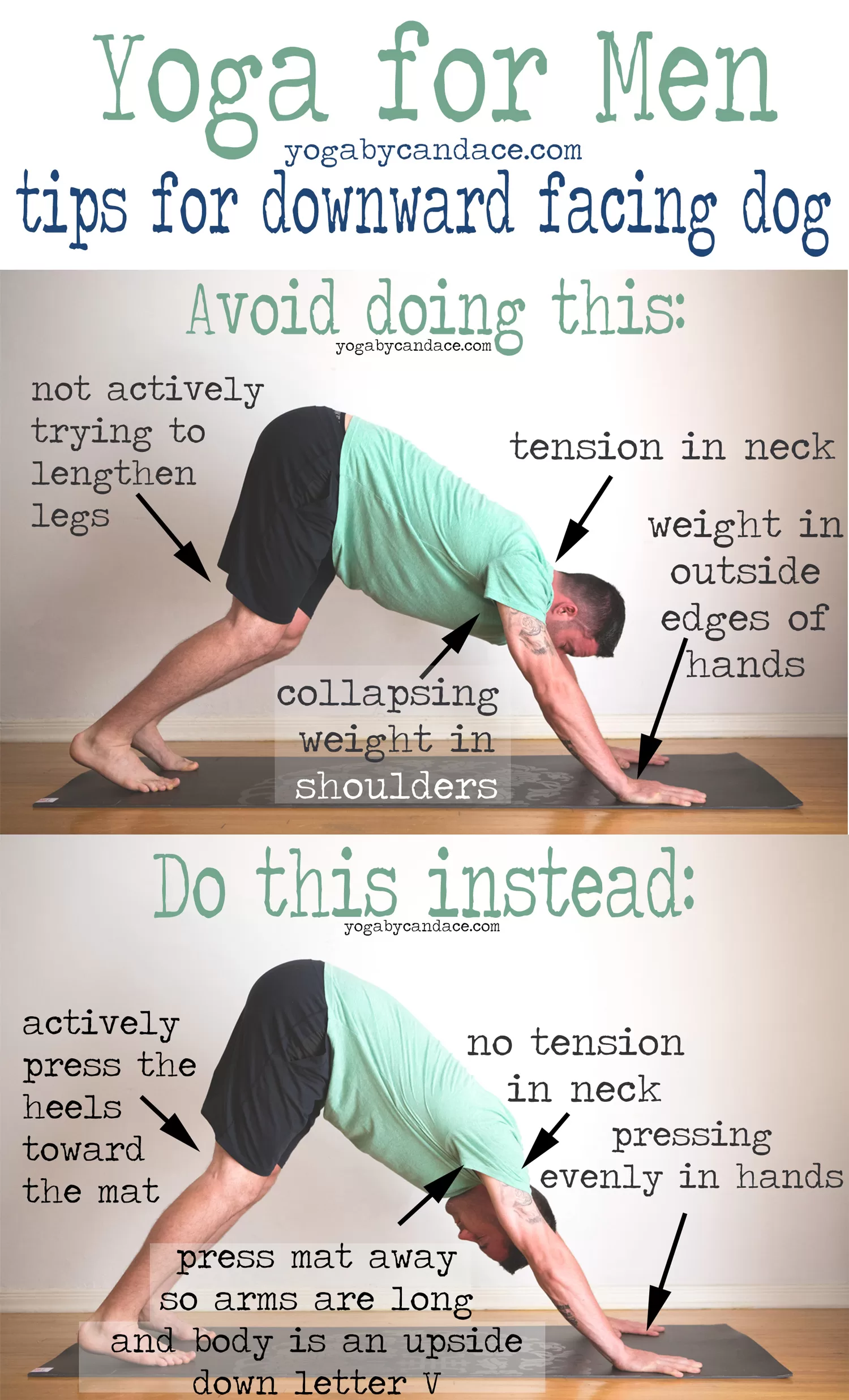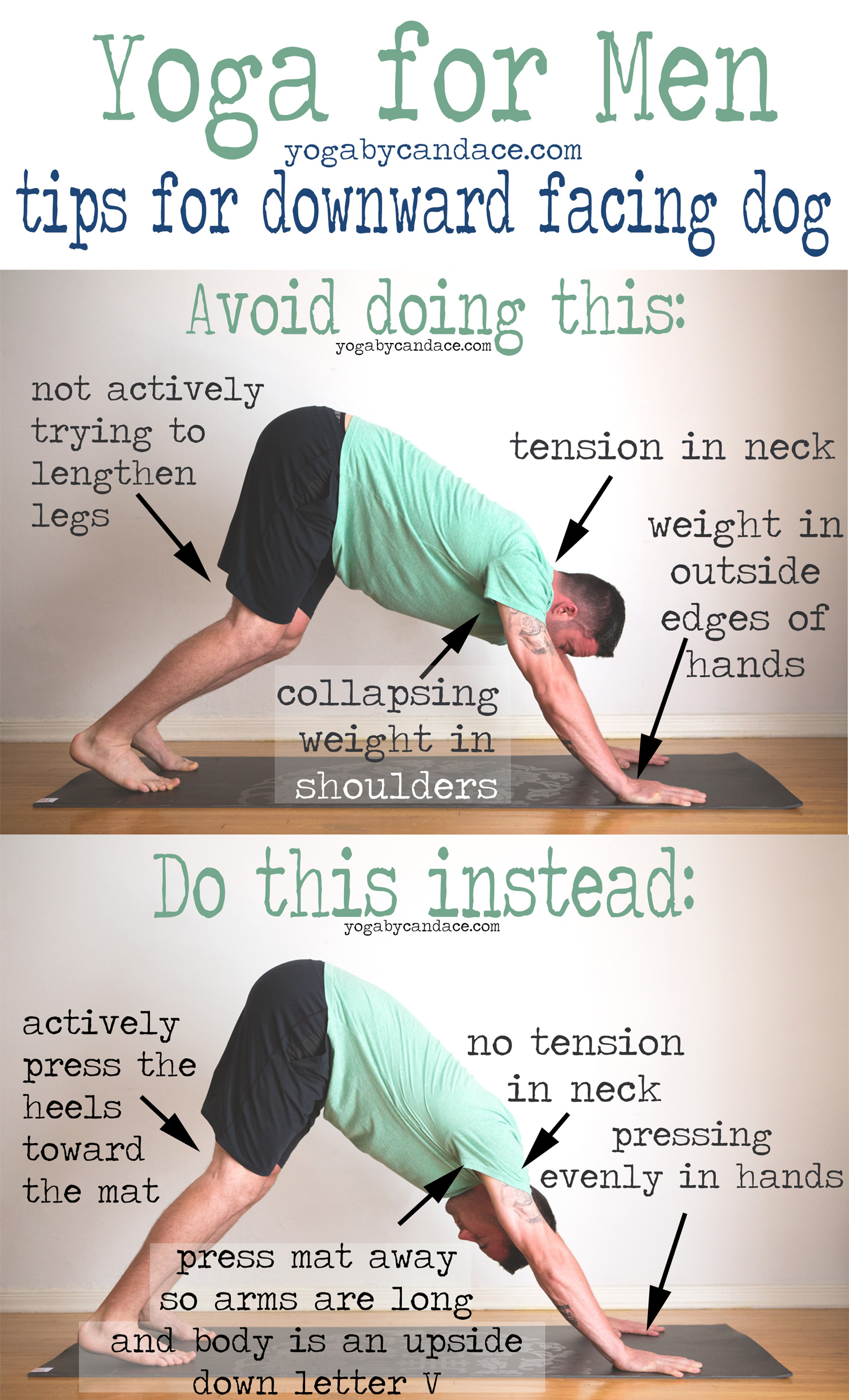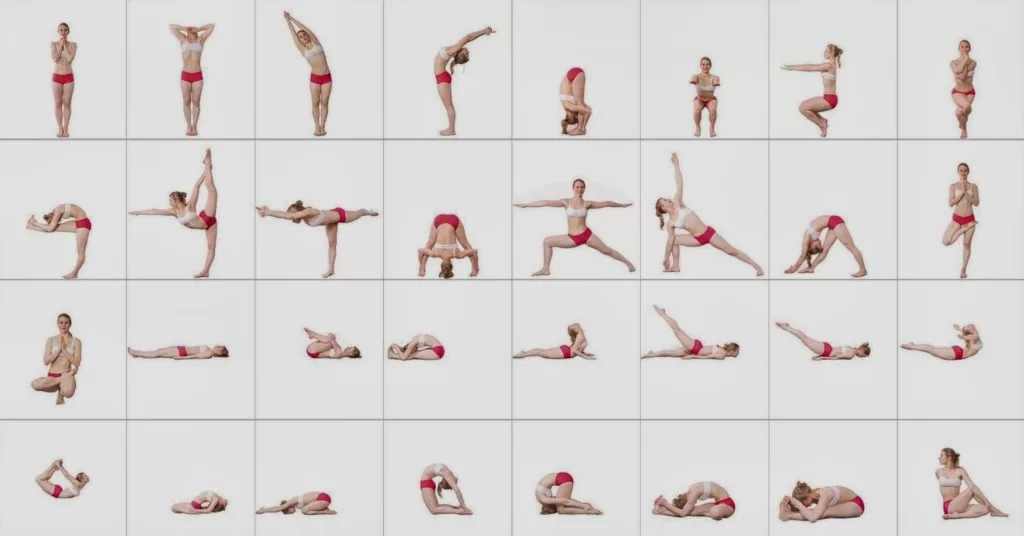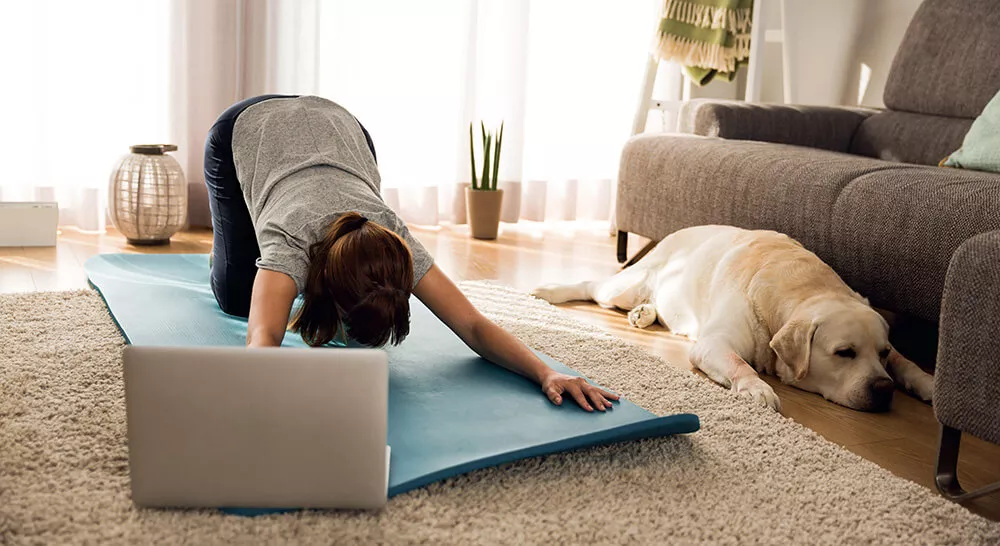
Why Is Downward Dog So Hard?
Downward Dog is a yoga pose that is renowned for its numerous health benefits. It is considered one of the most basic yoga poses, yet it still proves to be challenging for many yoga enthusiasts. Have you ever wondered why this pose seems so hard to master? Is it because of a lack of flexibility or strength? Or is there more to it than meets the eye?
In this article, we will delve into the reasons why the Downward Dog pose is so challenging for many people. We will explore the physical and mental obstacles that can hinder progress in this pose, and offer tips and techniques to help you overcome them. Whether you are a beginner or an experienced yogi, understanding the intricacies of this fundamental pose can help you deepen your practice and reap its many benefits. So, let’s get started and find out why Downward Dog is so hard!
Downward Dog is a popular yoga pose that looks simple, but can be challenging to execute correctly. This pose requires strength and flexibility in the shoulders, hamstrings, and calves. Additionally, maintaining proper alignment and engaging the core muscles can make the pose feel more challenging. Practicing consistently and focusing on proper alignment can help you improve your Downward Dog over time.

Why is Downward Dog So Hard?
Downward dog is a well-known yoga pose that is often used as a foundation for many other yoga poses. It is a simple, yet challenging pose that requires a great deal of strength and flexibility. Many people find it difficult to hold this pose for an extended period of time, and often wonder why it is so hard. Here are some reasons why downward dog can be a challenging pose to master.
Reason 1: Tight Hamstrings
Hamstrings are the muscles located at the back of your thigh that help in bending the knee and extending the hip joint. Tight hamstrings can make it difficult to keep your heels on the ground while performing a downward dog pose, which can put extra stress on your lower back and shoulders. Stretching your hamstrings regularly can help you overcome this challenge.
Reason 2: Weak Core Muscles
Core muscles are the muscles in your abdomen and back that help in stabilizing your body. A weak core can make it difficult to maintain the proper alignment in a downward dog pose. When your core muscles are weak, your lower back may start to sag, which can lead to discomfort and even injury. Strengthening your core muscles through exercises such as planks and crunches can help you overcome this challenge.
Reason 3: Stiff Shoulders
Shoulders are the most flexible joint in the human body and are used in many yoga poses. Stiff shoulders can make it difficult to achieve the proper alignment in a downward dog pose. This can lead to discomfort and even injury to the shoulder joint. Regular shoulder stretches and exercises can help you overcome this challenge.
Reason 4: Weak Wrists
Wrist pain is a common complaint among yoga practitioners, especially in poses that require weight-bearing on the hands. Weak wrists can make it difficult to perform a downward dog pose. This can lead to discomfort and even injury to the wrist joint. Building wrist strength through exercises such as wrist curls and push-ups can help you overcome this challenge.
Reason 5: Lack of Focus
Downward dog is a pose that requires a great deal of focus and concentration. Many people find it difficult to maintain their focus while performing this pose, which can make it more challenging. Practicing mindfulness and meditation can help you overcome this challenge.
Reason 6: Injuries or Medical Conditions
Injuries or medical conditions such as arthritis, carpal tunnel syndrome, or a herniated disc can make it difficult to perform a downward dog pose. If you have any medical conditions or injuries, it is important to consult with your doctor or physical therapist before attempting this pose.
Reason 7: Incorrect Alignment
Incorrect alignment is a common challenge in many yoga poses, including downward dog. When you perform a pose with incorrect alignment, it can lead to discomfort and even injury. Working with a qualified yoga instructor can help you learn the proper alignment for a downward dog pose.
Reason 8: Lack of Practice
Like any other skill, mastering downward dog requires consistent practice. Many people find it difficult to hold this pose for an extended period of time because they lack practice. Regular practice can help you overcome this challenge.
Reason 9: Mental Blocks
Mental blocks such as fear or self-doubt can make it difficult to perform a downward dog pose. These mental blocks can prevent you from achieving your full potential in this pose. Practicing positive affirmations and visualization can help you overcome these mental blocks.
Reason 10: Personal Body Type
Everyone’s body is different, and what may be easy for one person may be challenging for another. Your personal body type can make it difficult to perform a downward dog pose. For example, if you have long legs and a short torso, it may be more challenging to keep your heels on the ground. Working with a qualified yoga instructor can help you modify the pose to suit your body type.
In conclusion, downward dog can be a challenging pose to master, but with consistent practice and proper alignment, you can overcome these challenges. Remember to listen to your body and work within your limits to avoid injury. With patience and perseverance, you can achieve a strong and stable downward dog pose.
Frequently Asked Questions
Downward dog is a popular yoga pose that is performed by many yoga enthusiasts. However, it can be difficult to master, and many people struggle with it. Here are some frequently asked questions about why downward dog is so hard.
Why does my Downward Dog pose feel uncomfortable?
One of the most common reasons why people find downward dog uncomfortable is because they have tight hamstrings. When the hamstrings are tight, it can cause the lower back to round and the shoulders to hunch, which can make the pose feel uncomfortable. It is important to focus on lengthening the hamstrings over time, as this will help to improve your form in the pose.
Another reason why downward dog may feel uncomfortable is that you are not engaging your core muscles enough. When you engage your core, it helps to support your lower back and can make the pose feel more stable and comfortable. Try to focus on engaging your core throughout the pose to help improve your form.
Why does my Downward Dog pose feel shaky?
If you find that your downward dog pose feels shaky, it could be because you are not engaging your muscles enough. When you engage your muscles, it helps to create stability in the pose and can prevent it from feeling shaky. Try to focus on engaging your core, glutes, and legs throughout the pose.
Another reason why your downward dog may feel shaky is that your shoulders are not strong enough. When you are in downward dog, your shoulders are supporting a lot of your body weight, so it is important to strengthen them over time. Try incorporating shoulder-strengthening exercises into your yoga practice to help improve your downward dog pose.
Why does my Downward Dog pose hurt my wrists?
If your downward dog pose is hurting your wrists, it could be because you are putting too much weight on them. When you are in downward dog, your weight should be evenly distributed between your hands and your feet. Try to focus on shifting your weight back towards your feet to take some of the pressure off your wrists.
Another reason why downward dog may be hurting your wrists is that you are not aligning your hands properly. Make sure that your hands are shoulder-width apart, and that your fingers are spread wide. This will help to distribute your weight evenly and can prevent your wrists from hurting.
Why does my Downward Dog pose feel challenging?
Downward dog can be a challenging pose because it requires strength and flexibility in many different areas of the body. It requires strength in the arms, shoulders, and core, as well as flexibility in the hamstrings and calves. If you are new to yoga or have not practiced in a while, it may take some time to build up the strength and flexibility needed to perform the pose comfortably.
Another reason why downward dog may feel challenging is that you are not breathing properly. When you are in downward dog, it is important to take slow, deep breaths. This will help to calm the mind and relax the body, which can make the pose feel more comfortable and less challenging.
Why is Downward Dog so important in yoga?
Downward dog is an important pose in yoga because it is a foundational pose that is used in many different sequences. It helps to build strength in the arms, shoulders, and core, as well as improve flexibility in the hamstrings and calves. It is also a great pose for calming the mind and relieving stress.
Additionally, downward dog is a pose that can be modified to suit different levels of flexibility and strength. This makes it an accessible pose for beginners, while also providing a challenge for more advanced practitioners. Overall, downward dog is a versatile pose that can be used in many different ways to help improve overall health and wellness.
Downward Dog | Do It Right! (With Progressions)
After exploring the reasons why downward dog is so challenging, it’s clear that this pose requires a combination of strength, flexibility, and body awareness. It’s not just about the arms or the legs, but the engagement of the entire body. As a professional writer, I believe that understanding the anatomy and mechanics behind this pose can help us approach it with more mindfulness and intention.
In the end, the difficulty of downward dog shouldn’t discourage us from practicing it. Instead, we can use it as an opportunity to cultivate patience, persistence, and self-awareness on and off the mat. As we continue to work on this pose, we may discover new insights about our body, mind, and spirit that can deepen our practice and enrich our lives. So next time you find yourself struggling in downward dog, remember that it’s not about achieving perfection, but about embracing the journey of growth and transformation.

